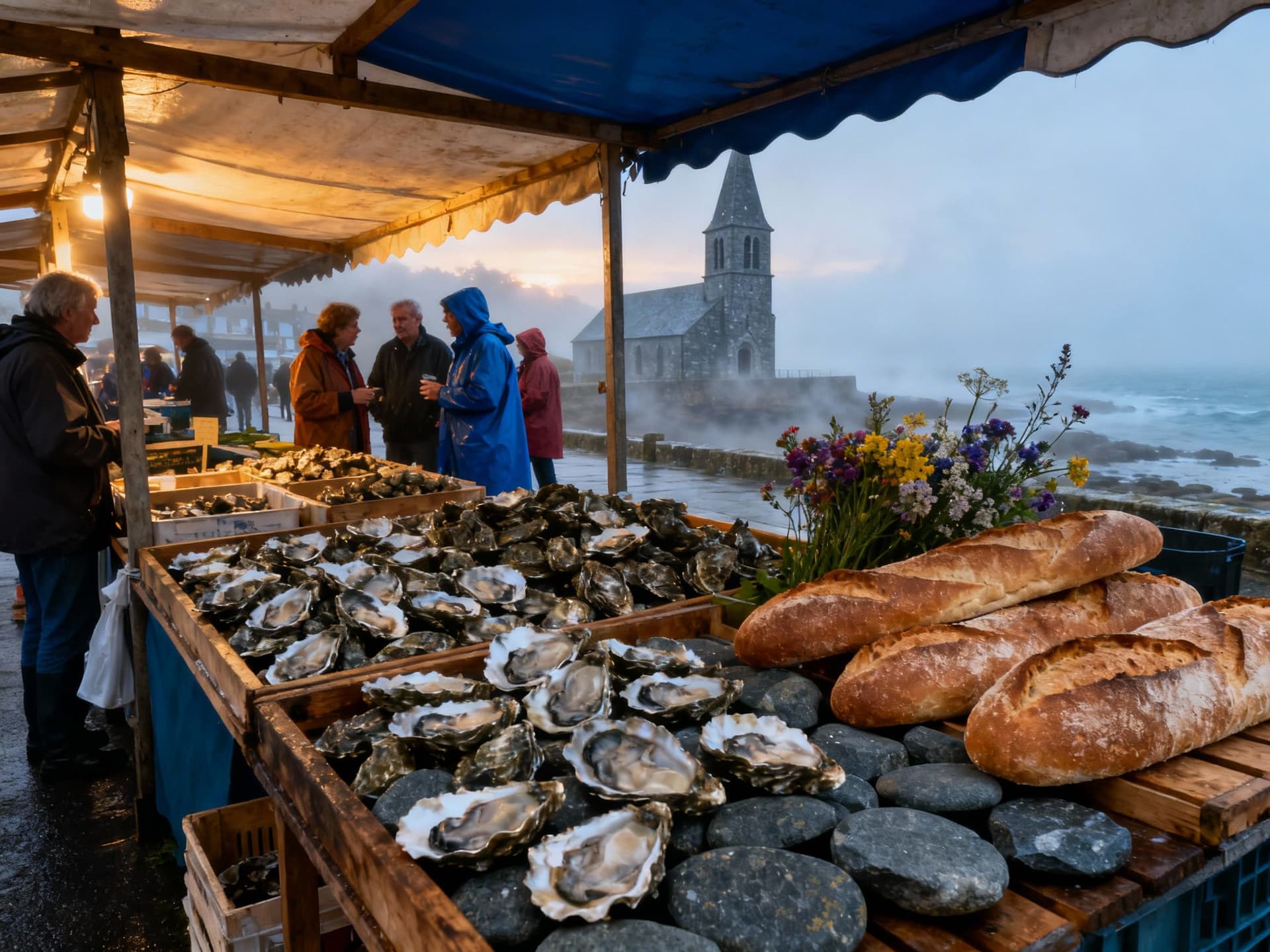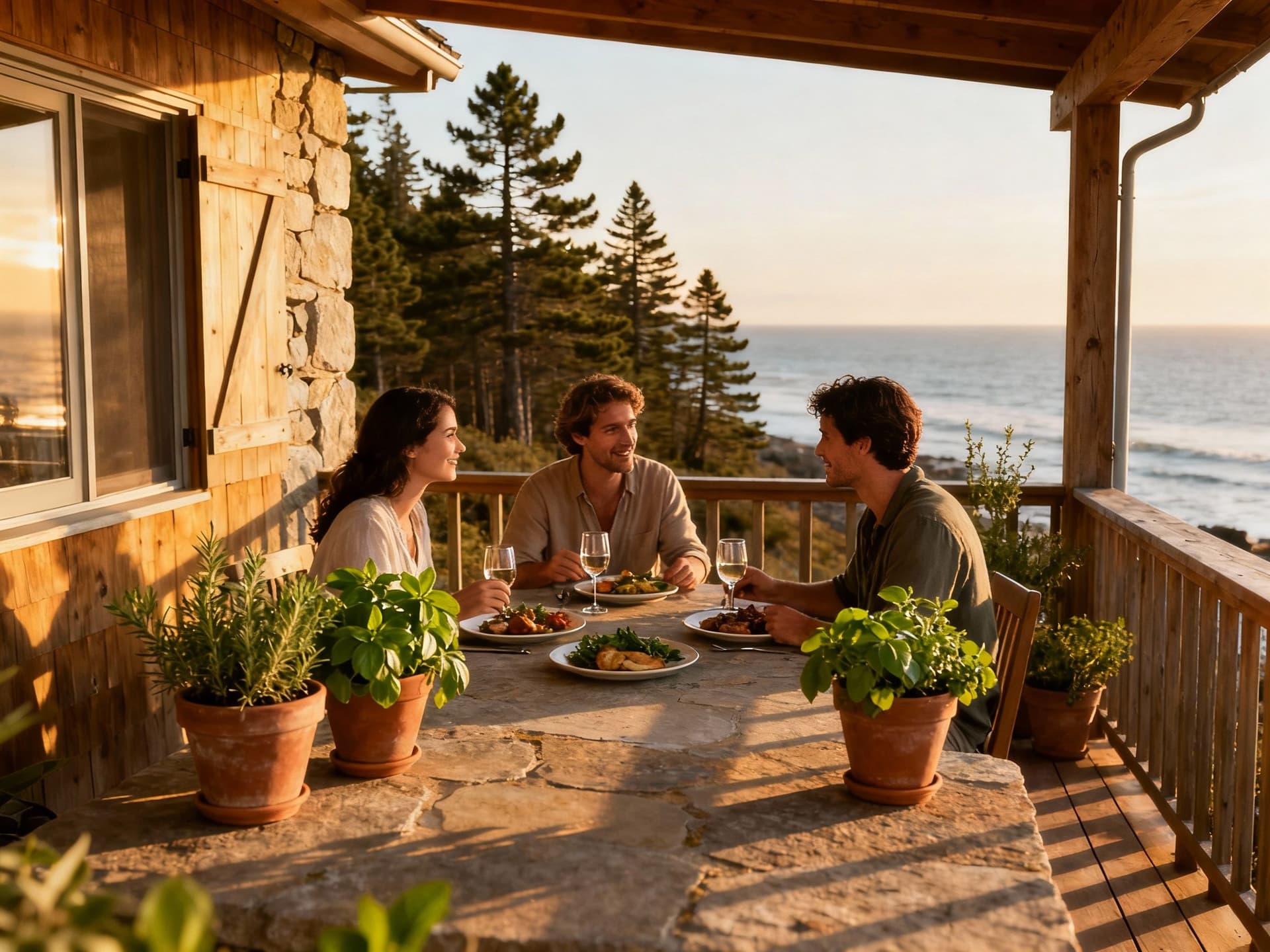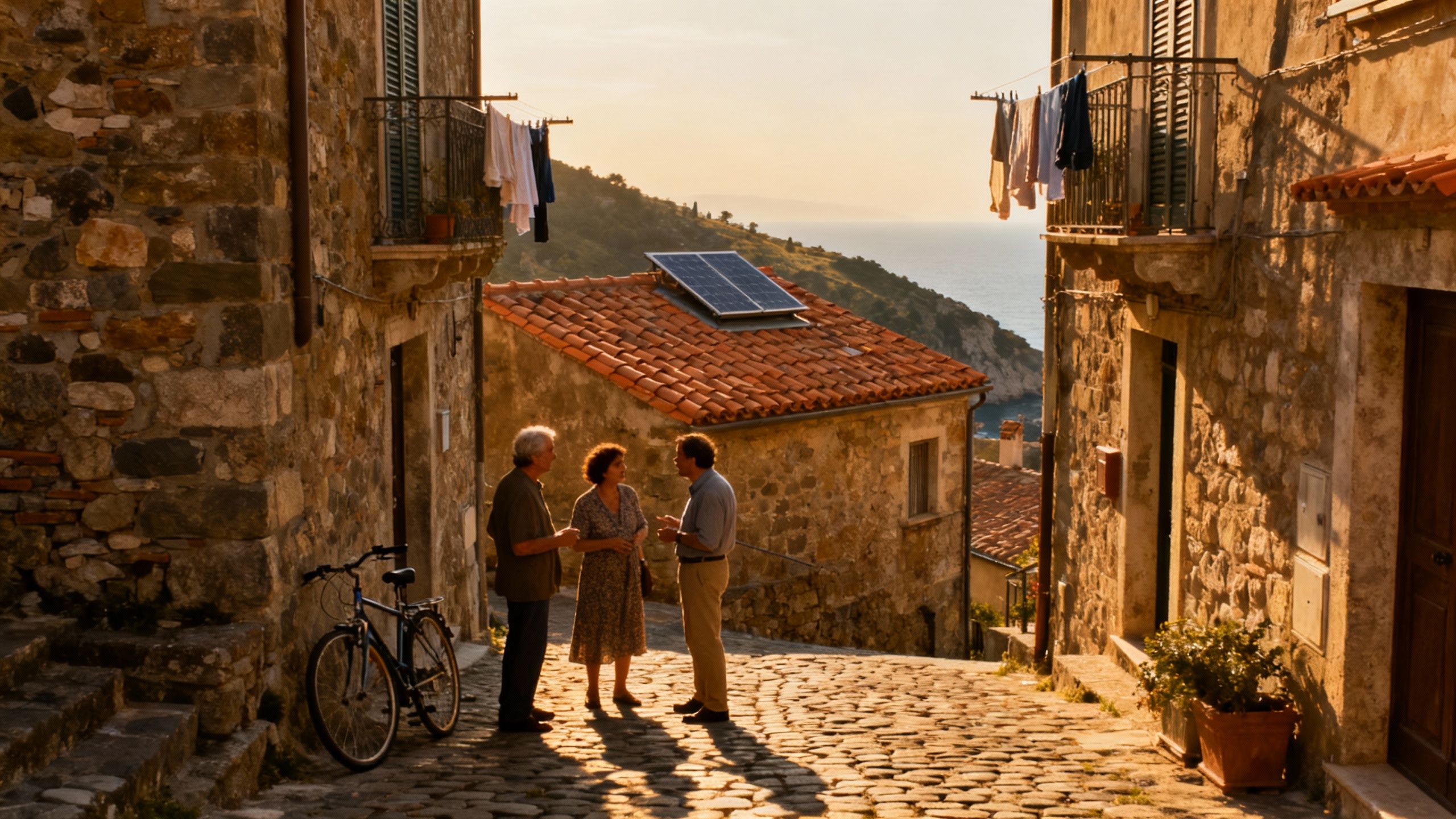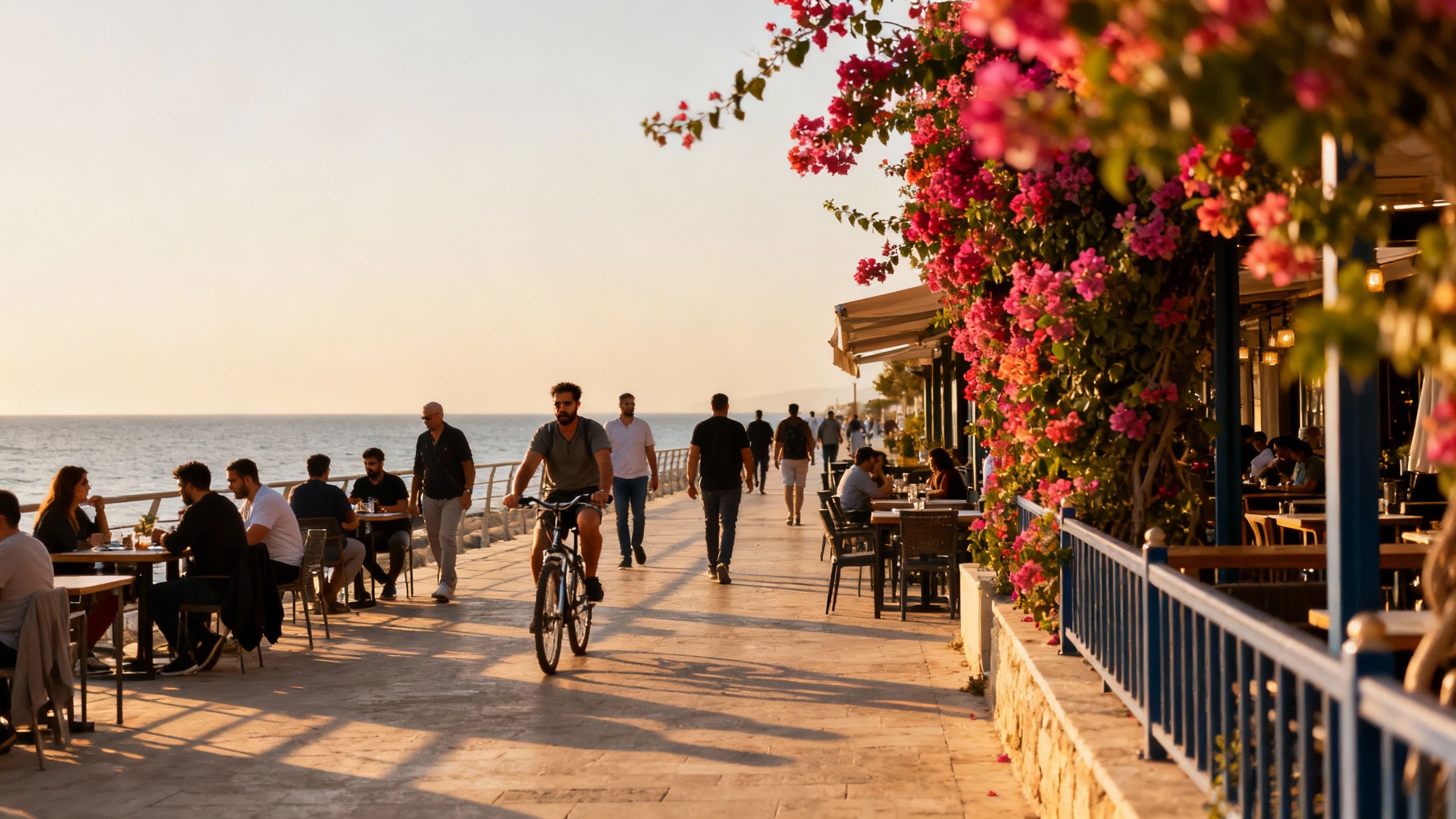When 'Remote' Wins: France’s Verdant Coasts That Outsmart Prices
Rugged, green French coasts often offer steadier prices, stronger communities and better eco‑renovation value than fevered hotspots — visit off‑season and buy with local stewardship in mind.
Imagine waking to gulls over windswept granite, then cycling past oak-shaded lanes to a morning market where the stallholders know your name. In France’s verdant coastal regions — Brittany’s craggy headlands, the pine‑fringed Landes, the forested coves of Corsica and Normandy’s tidal bays — life moves with tides and seasons. This piece looks past the glossy Riviera postcard and argues that so‑called “remote” corners are often where greener living, lower entry prices, and authentic community converge. We'll pair sensory place-making with practical, sourced market facts so you can fall in love and still make a confident purchase.
Living France’s Verdant Coastlines

Morning light here finds different shapes: slate roofs slick with spray, moss on limestone walls, and gardens that lean into salt‑air winds. Weekends are market days — Concarneau’s fish stalls, Dinan’s bread counters, or the market beside Biarritz’s marché — where community life is as important as property lines. Recent national housing indices show stability after years of fluctuation; that steadiness often makes these green coastal markets less volatile than headline city neighborhoods. Knowing how seasonality shapes supply is essential when dreaming of this life. (See national indices from INSEE for context.)
Brittany: Rugged, Rainy, Ridiculously Lively
In Brittany (Bretagne) the wind carves character out of stone. Streets in coastal towns such as Saint‑Suliac and Le Guilvinec hold cafés where fishermen still trade morning gossip. The region’s erratic weather means houses built with thick stone walls, slate roofs, and sheltered courtyards perform beautifully for low‑energy living. For buyers seeking connection to sea, forest and farm, these towns offer year‑round communities rather than seasonal facades — and that changes both lifestyle and sensible renovation choices.
Landes & Pays Basque: Pine, Surf and Timber Homes
From the long surf beaches of Les Landes to the patchwork valleys of the Basque coast, you’ll find timber‑framed houses, abundance of local artisans, and an outdoors life that centers on surf breaks, forest trails and communal markets. These places attract buyers who prize active, nature‑anchored living and who want homes that breathe with their landscape. Expect homes with large terraces, native gardens, and a culture that favors local materials — excellent conditions for buyers who value regenerative design.
- Lifestyle highlights: oyster tasting on Cancale; morning coffee at Café du Port in Concarneau; surfing at Hossegor; forest walks in Landes; weekly marché at Dinan; sunset swims at Ploumanac'h.
Making the Move: Realities Behind the Romance

Romance meets paperwork: local building traditions (stone, timber, insulated roofs) are wonderful for natural living but often need sympathetic renovation. National data from notaries and government indices show price stability rather than speculative spikes in many green coastal departments, yet energy regulations are shifting. Recent changes to France’s renovation support (MaPrimeRénov’) and rental energy rules mean energy performance matters both for living comfort and future resale. Work with experts who understand both restoration and current subsidy landscapes.
Property styles and how they shape daily life
Choose a granite longère and you get thick walls that stay cool in summer; choose a Landes chalet and you gain porches for long meals. Stone houses often require damp‑management and roof work; wooden houses benefit from modern insulation. Think about how you want to live: courtyard gardening, an edible fence, a wood-fired stove for winter evenings, or a passive‑solar conservatory for long breakfasts. Those choices influence renovation budgets and long‑term stewardship plans.
Working with local agents who care about place
- Steps to marry lifestyle with logistics:
- 1. Prioritise agents who show you both seasons — insist on off‑season visits so you meet real neighbours and hear how the wind behaves.
- 2. Ask for a heritage‑and‑energy brief: what material repairs are typical, and how easily can renewable systems (solar hot water, heat pumps) be added?
- 3. Get a local surveyor experienced in coastal exposures — salt corrosion and rising groundwater are regional concerns that affect long‑term maintenance.
Insider Knowledge: What Expats Wish They’d Known
Buyers who move here often tell the same confessions: they underestimated winter light, the time needed to learn local rhythms, and the value of a neighbour who mows the shared path. Yet many also say the best investments weren’t headline towns but quiet hamlets where community life is steady and green upgrades are affordable. That trade‑off — fewer tourists, more year‑round neighbours — is what makes these verdant coasts sustainable living laboratories rather than mere holiday stops.
Cultural integration and daily rhythms
French rural social life still revolves around shared rituals: the Saturday marché, the boulangerie queue, and the municipal fête. Learn a few phrases, join the market stall rotation if invited, and swap a waterproof for a neighbour’s oyster knife. These small gestures unlock deeper belonging and often reveal the best local artisans for low‑impact renovations.
Long‑term lifestyle and stewardship considerations
- Key long‑term factors to weigh when buying: think biodiversity-friendly gardens, orientation for passive gains, local planning constraints on extensions, and how energy policies (cited by national reports) will influence rental rules and resale.
Conclusion — fall in love, then close with care. France’s verdant coasts offer a life that smells of salt and woodsmoke, anchored in community and seasons. Practical steps: visit off‑season, work with agents who know both heritage and retrofit, commission coastal‑specific surveys, and budget for thoughtful, low‑impact upgrades. When you treat a home as part of its landscape, you buy more than walls — you buy a rhythm. Reach out to an agent rooted in place the next time you plan a scouting trip; they’ll help you match feeling with facts and steward your new life responsibly.
Dutch property strategist who helped 200+ families find sustainable homes in southern Europe; expert in legal pathways and long-term stewardship.


